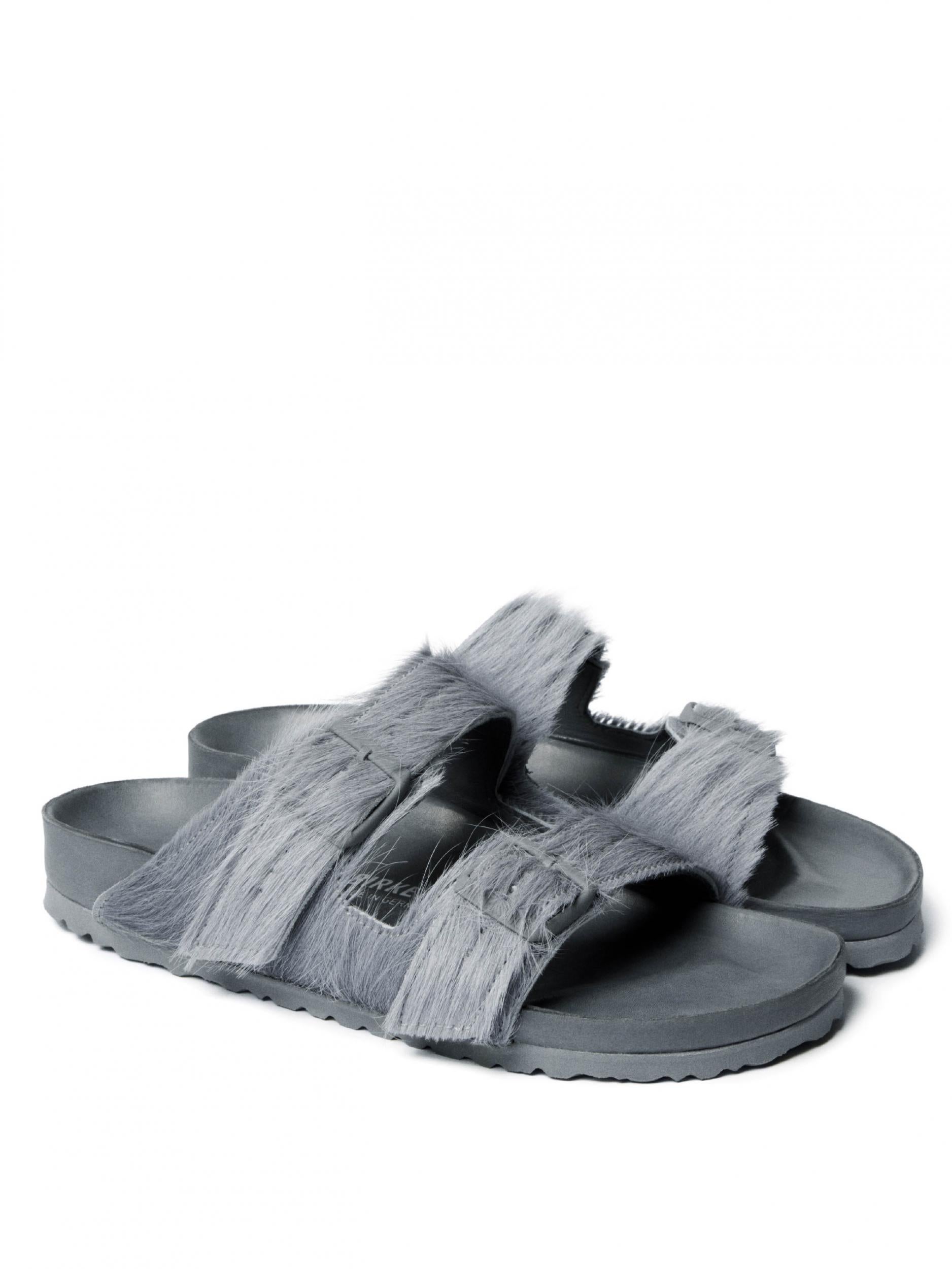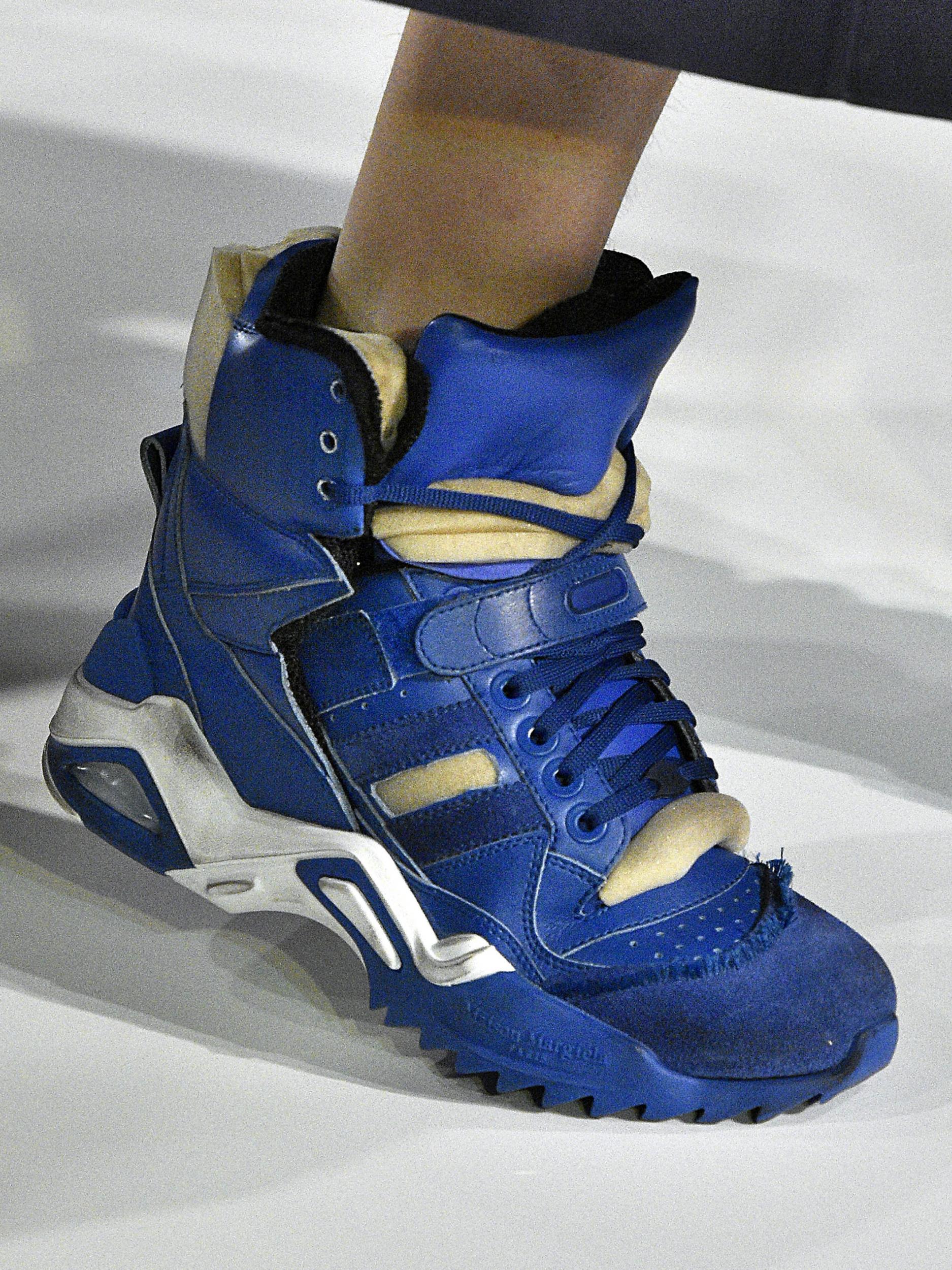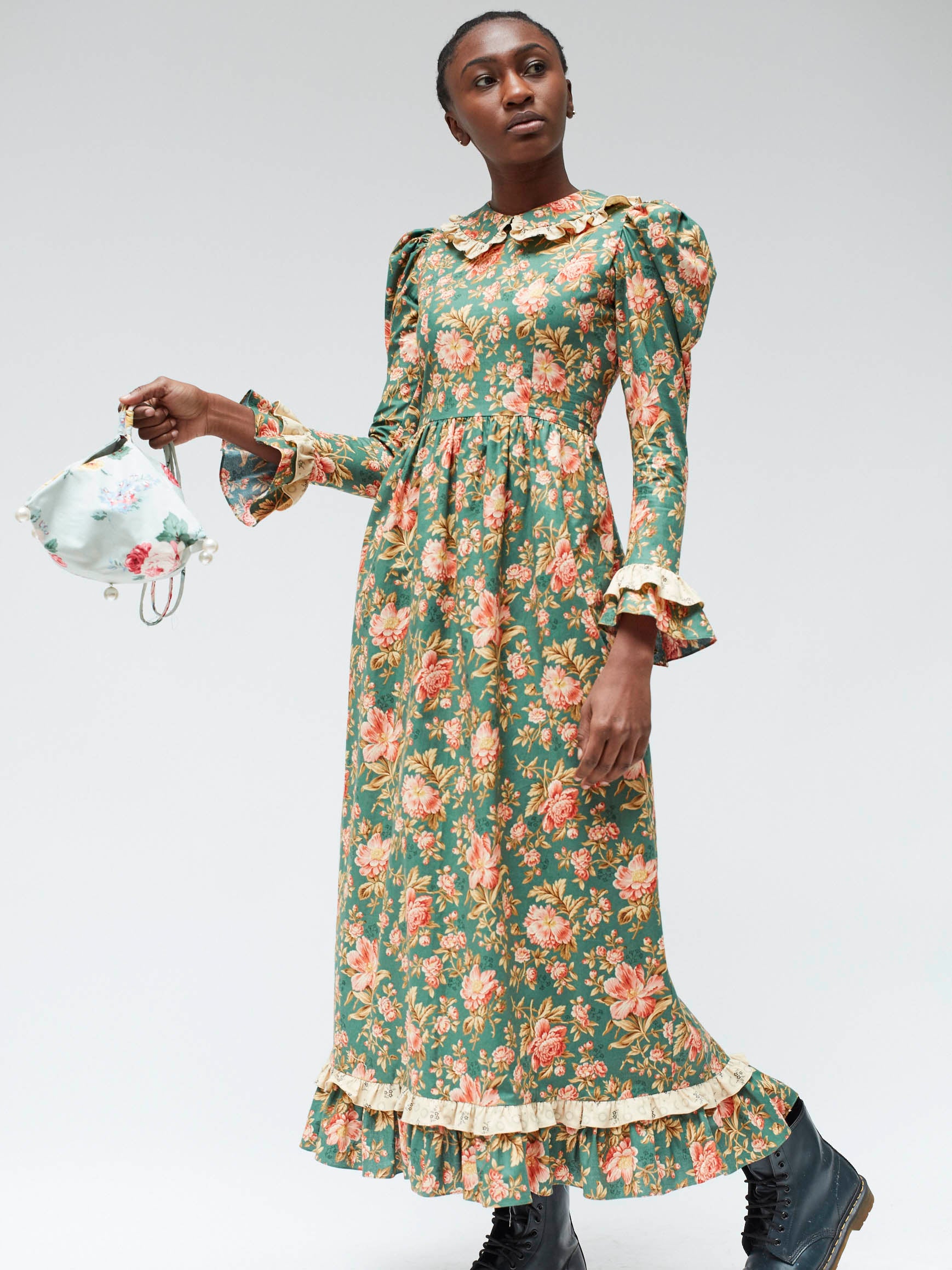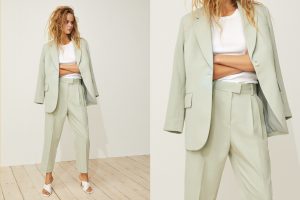“You go to your closet, then you choose, oh, I don’t know, that blue sweater, for example, because you tried to tell the world that you put yourself too seriously on your back…” But) that blue represents millions of dollars and countless jobs, so when you wear this sweater, you think that you have made a choice that makes you free from the fashion world. It’s a bit ridiculous. It’s from this room. People choose. From a bunch of ‘things'” – Devil wears Prada’s Miranda Priestley
Fashion is eating away from the masses. Of course.
In the last few seasons, the fashion industry has asserted that for all the rules of contemporary taste, styles such as pouches, Crocs, grass dresses and thick orthopedic sneakers have been ridiculed.
This is an aesthetic provocation. Hey. The key is to inspire casual observers and let them scratch their heads.
But this is not a joke. Designers don’t make these products for entertainment. Not complete. The ultimate goal is to sell.
The thing is like this: All these rude, can be said to be ugly fashion? Consumers will buy it – because it is comfortable, familiar, and occasionally practical. Aesthetics are cursed. Picky eyes will adapt to aesthetics; they always do that. It takes time and patience, but now the chopped jeans look normal, as are the oversized silhouettes. This high-neck ruffled dress is perfect for Laura Ingalls Wilder? Wait a minute, very quickly.
The gateway to the ugly – an adjective used here – is Birkenstock. Known for its elegant molded footbed and crunchy granola history, this classic German sandal was re-imagined in the spring of 2013 by influential designer Phoebe Philo in an ultra-luxury way. In her Céline fashion show, she printed her version of the Arizona sandals on mink skin. She is bothering them. Their retail price is about $900 (£684).
Susie Sheffman, a fashion consultant and stylist in Toronto, said: “This model has emerged in the fashion show at Birkenstocks, and all the fashion circles are licking their stuff because they see something different.” “It’s almost like A reverse snobbery.”

Shortly after the show, Shefman saw a photo of actor Milla Jovovich on the cover of the December Net-a-Porter magazine “The Edit.” “She wore a men’s white shirt, white trousers and black Birkenstocks,” Schaffman recalled thoughtfully. “It hit me at the cellular level: that is the girl I want to be.”
Who can resist? Soon after, Birkenstock’s original suede Arizona sandals were sold for $125, and Barneys New York teamed up to create a $270 version with blue wool. Rick Owens began working together in 2018 and redesigned it as a furry cow hair slide for $420.
A sturdy fashion desire has been gathered in a rough-skinned shoe, accompanied by an outdoor activity type follower and an approved podiatrist. The charm of the original version was polished. The new, fancy version is both comfortable and wearable.
Sara Maggioni, director of retail and purchasing at WGSN, London trend forecasting company, said that fashion’s Birkenstock is a model for anti-fashion. In 2012, Birkenstock sold about 10 million pairs of shoes; in 2017, the company sold 25 million pairs.
“Yes, they are hard to see,” Maggioni said. “But this is a familiar silhouette. It is not terrible or terrible.”
For bulky Forrest Gump sneakers, rubber Crocs or long, smooth Dust Bowl dresses, it’s not always possible. The giant sneakers promoted by brands such as Balenciaga ($895) and Maison Margiela ($1,645) are suede, a combination of leather and mesh, often in conflicting colors. Sole – The platform is stacked on the platform – just like a molded rubber.

The same dazzling prairie dress was interpreted by Raf Simons for the Calvin Klein 205W39NYC in the fall of 2011. One of the ankle lengths features a pin buckle and a wide ruffle trim. Only its deep V-neck can prevent it from looking like Amish. Cost: $3,900. At Calvin Klein, the exterior is part of a series that explores a large Americana, which also includes firefighter jackets, cadet shirts and heirlooms.
“It’s not just about what your grandmother is holding in the closet,” Maggioni said. “It has adapted to the taste now.”
The brand Batsheva is fully committed to the grasslands: Laura Ashley meets Gunne Sax and meets the rubbish. This $420 floral cotton dress features a fluffy shoulder and a ruffled Peter Pan collar. Some rooms have ruffle trim. They sometimes work with a coordinated hat to get the most out of fashion. Vogue likes them. MatchesFashion.com is sold with Prada and Saint Laurent.
Wearing these styles is like performing a three-way fashion: high difficulty, major risk of failure, if you have a huge bragging right.
but why? Why did Batsheva Hay grow up in Queens, not on some windswept Nebraska grasslands; who is a lawyer at Georgetown University Education, not a goat farmer – creating a full set of pioneer dresses that look Should they carry their own lean production?
“I always wear vintage,” she explained. “But when I started working as a lawyer 10 years ago, I couldn’t put on all the clothes I collected. Then I gave up, and with the children, I thought, ‘I can do what I want.'”

She moved to the Upper West Side of Manhattan. She noticed that many older people wore Laura Ashley-style dresses, sneakers and satchels in nearby tools. Her mother was a hippie in the 1960s. Her father is an Israeli. She is named after the characters in the Old Testament, and sometimes she is equivalent to feminism. After giving birth to a baby girl, she began to indulge in the dress of her mother and daughter. The tornado of this influence allowed her to create a retro old world, a simple collection that refused to make women’s images sexy, and also played a role in traditional femininity.
Prairie dresses are a style that spans all of these cultures. People wear them in Eastern Europe and the South. I like these colors and patterns,” Hay said, 37 years old. “I started making them according to my personal desires and needs, and I pulled them off from them.”
She launched her collection two years ago. These dresses have now become one of the things in the fashion circle. If you look closely at them and make your eyes adjust, maybe you can imagine them wearing rough hair and a pair of mod boots or a pair of fancy sneakers.
You definitely won’t wear these dresses for a pair of high heels. “I can’t wear a dress with a double pump,” said Shefman. “It looks terrible.”
The way to this point has begun – where? Fashion has become an ugly aesthetic in the past, and the most striking thing is that in the late 1990s, Prada emerged with its faint prints and enamel colors. But this transition is most likely to be traced back to the normal state. This short-term anti-fashion uprising entered the trend report around 2013, pushing the humble clothing to fashion. Put in a little dad’s style. The perfect combination with Instagram is a rising resentment. Add some fashion hatred from the crowd. And talk to Vetements, Balenciaga, Y / Project, Gucci and other brands that support unorthodox beauty and gender mobility.
“Back to the day, luxury usually means femininity. It means a beautiful bag or a beautiful cashmere sweater,” Schaffman said. “These items are mostly lacking in femininity.”
“We know that this is almost a rebellion against luxury goods,” she said. They chose an ordinary career instead of looking for attention with extraordinary luxury.
These anti-fashion looks also stem from the fact that people in the fashion circle are looking for something more real. These products exude humility and asexual populism.
All of this reminds people that the fashion industry has stopped accusing the fashion. The Seventh Avenue elite has given control to them. This is what your next neighbor thinks. “Consumers are criticizing lifestyle,” said Shelley E Kohan, an assistant professor at the Institute of Fashion Technology. Brands are “collecting feedback and adjusting information and reintegrating it into the supply chain.”
In other words, consumers are responsible for these ugly waves. Our people are dragging themselves. But this does not necessarily mean that great unwashed hands will somehow weaken the power of hypnosis and pursuit.
“The designer looked around and said, ‘If people want to wear Birkenstocks, I will gain my market share. ‘They design velvet Birkenstocks or gems Birkenstocks,” said Shefman.
Givenchy made a $295 rubber slide with a brand name on the top. Gucci has partnered with Dapper Dan to launch a new product. Walmart’s landscaping shower shoes cost $9.99. If authenticity is an irresistible panacea for all of this, “is it cool to have a designer version or the original?” Sheffman asked. “It’s best to have the original the same as anything. This is honesty and integrity.”
However, wearing a pair of 10th-level anonymous shower shoes into a fancy party requires a certain inner confidence. Most people won’t. Because Rihanna’s $90, they are more inclined to flip around the town of Fenty Puma because they have been adjusted and have already obtained her approval. “The designers are laughing because they still have the power and influence to make everyone energetic,” says Shefman.



